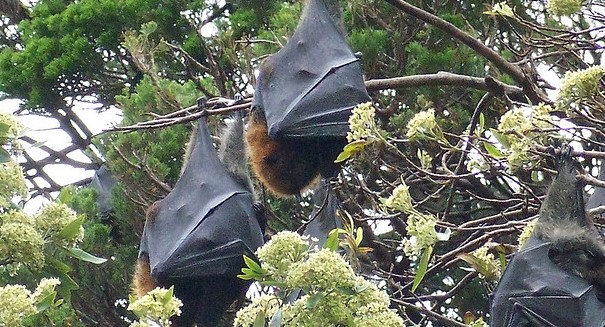
Wind turbines appear to cause bat fatalities due to specific airflow. Bats are unable to distinguish between wind turbines and trees, causing thousands of fatalities.
According to a study published by the United States Geological Study, bats may mistake wind turbines for trees and fly straight into them, losing their lives.
Video surveillance cameras were set up near the wind turbines for several months. Tree-roosting bats appeared to fly towards the wind turbines consistently, resulting in fatalities.
According to the study, published in the Proceedings of the National Academy of Science, there may be methods to reduce bat fatalities. The study was led and written by USGS scientist Paul Cryan.
“If we can understand why bats approach wind turbines, we may be able to turn them away,” Paul Cryan said. “Advances in technology helped us overcome the difficulties of watching small bats flying in the dark around the 40-story heights of wind turbines. The new behaviors we saw are useful clues in the quest to know how bats perceive wind turbines and why they approach them.”
Fatal bat collisions with skyscrapers and other tall buildings are fairly rare, but when wind turbines were installed, bat fatalities increased into the thousands. Most bats are found dead beneath the turbines around the beginning of fall. The reason for this seasonal phenomenon is currently unknown.
While other flying organisms such as birds have not been affected, researchers concluded that the airflow of the turbines somehow attracted the bats toward the quickly moving blades. The bats appeared unable to differentiate between the blades of the turbines and regular trees.
“The way bats approach turbines suggests they follow air currents and use their dim-adapted vision to find and closely investigate tall things shaped like trees,” said Marcos Gorresen, a co-author of the USGS study and scientist at the University of Hawaii. “We see these behaviors less often on darker nights and when fast-moving turbine blades are creating chaotic downwind turbulence. This may be because bats are less likely to mistake turbines for trees and approach them in those conditions.”
Wind energy is an important natural resource, and scientists will take steps to reduce bat fatalities caused by wind turbines.
Leave a Reply